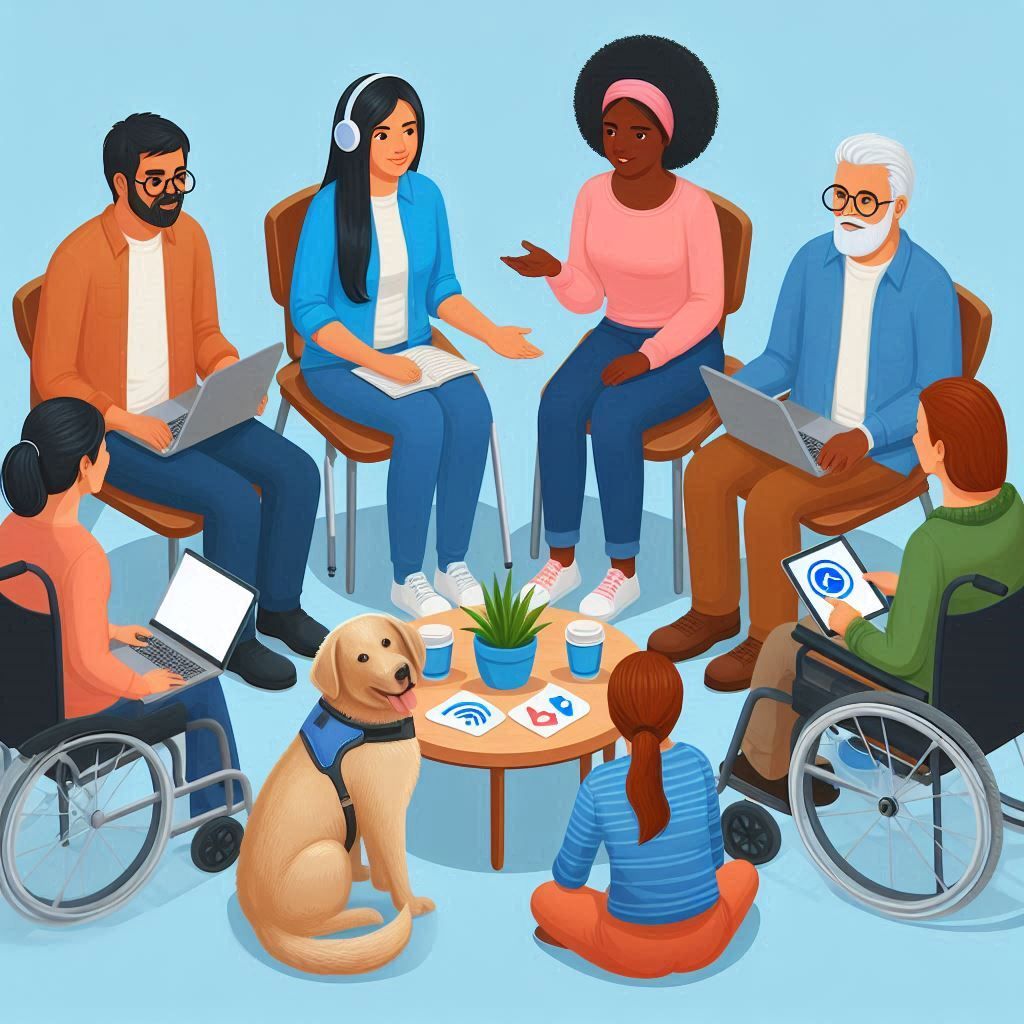
The Importance of Accessibility in Web Design: Making Your Website Inclusive for All
In today’s digital age, the internet is an essential resource in many aspects of life, from education and employment to social interactions and shopping. As web designers, it’s our responsibility to ensure that the websites we create are accessible to everyone, regardless of their abilities or disabilities. Accessibility in web design isn’t just about compliance with legal standards—it’s about inclusivity, user experience, and reaching a broader audience.
What is Web Accessibility?
Web accessibility refers to the inclusive practice of removing barriers that prevent people with disabilities from interacting with or accessing websites. This includes people with visual, auditory, motor, and cognitive impairments. An accessible website ensures that all users, regardless of their physical or cognitive abilities, can navigate, understand, and interact with the web content.
Why is Accessibility Important?
- Inclusivity and Equal Access
The internet is a public resource, and everyone should have equal access to it. By designing accessible websites, we ensure that all individuals, including those with disabilities, can access information and services. This inclusivity is a fundamental principle of social justice and equity. - Legal Compliance
Various laws and regulations mandate web accessibility, including the Americans with Disabilities Act (ADA) in the United States and the Web Content Accessibility Guidelines (WCAG) developed by the World Wide Web Consortium (W3C). Non-compliance can lead to legal ramifications, including lawsuits and fines. Therefore, ensuring accessibility is not just a moral obligation but also a legal one. - Improved User Experience
Accessible design often results in a better overall user experience for all users, not just those with disabilities. For example, providing clear and easy-to-navigate interfaces, good color contrast, and readable fonts can make a website more user-friendly for everyone. Additionally, features like captions and transcripts benefit not only individuals with hearing impairments but also those in noisy environments or who prefer to read content. - Expanded Audience Reach
An accessible website reaches a broader audience, including the approximately 1 billion people worldwide who live with some form of disability. By ignoring accessibility, businesses and organizations may exclude a significant portion of potential users or customers. Inclusive design opens up new markets and opportunities for engagement. - SEO Benefits
Many accessibility features overlap with best practices for search engine optimization (SEO). For example, providing alt text for images helps search engines understand and index content, potentially improving search rankings. Additionally, clear and structured content, which aids screen readers, also helps search engines crawl and index the site more effectively.
Key Principles of Accessible Web Design
To create an accessible website, consider the following key principles:
- Perceivable: Ensure that users can perceive the information being presented. This includes providing text alternatives for non-text content, such as images, videos, and audio files. Use appropriate color contrasts and text sizes to aid readability.
- Operable: Make sure that all users can navigate and interact with the site. This includes keyboard accessibility for users who cannot use a mouse, as well as providing sufficient time for users to read and interact with content.
- Understandable: Content and navigation should be easy to understand. Use clear, concise language and provide instructions where necessary. Avoid overly complex layouts and jargon.
- Robust: The website should be compatible with various assistive technologies, such as screen readers. This includes using semantic HTML, providing ARIA (Accessible Rich Internet Applications) landmarks and roles, and ensuring the site works across different browsers and devices.
Conclusion
Accessibility in web design is not an optional feature; it’s a necessity. By prioritizing accessibility, we create a more inclusive digital world where everyone has the opportunity to participate fully. Whether driven by ethical considerations, legal requirements, or the desire to reach a wider audience, the benefits of accessible design are clear. As web designers, we have the power and responsibility to make the internet a better place for everyone. Let’s embrace accessibility and build a web that’s inclusive for all.